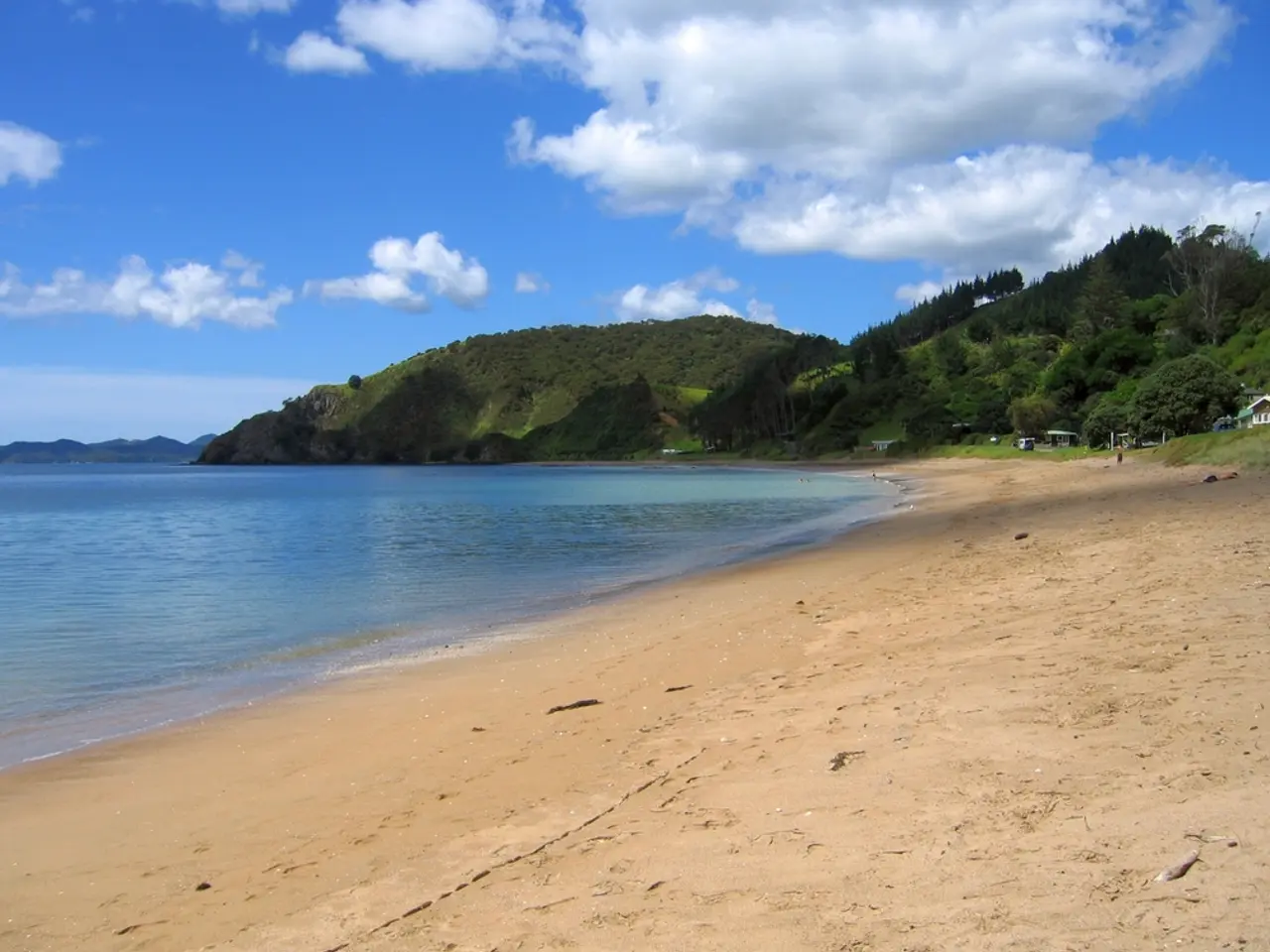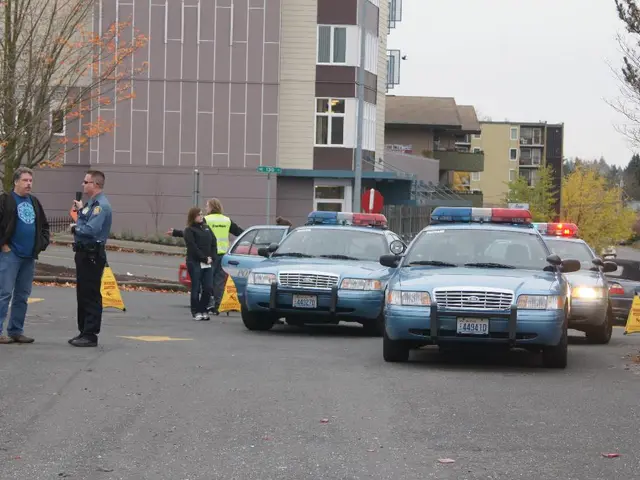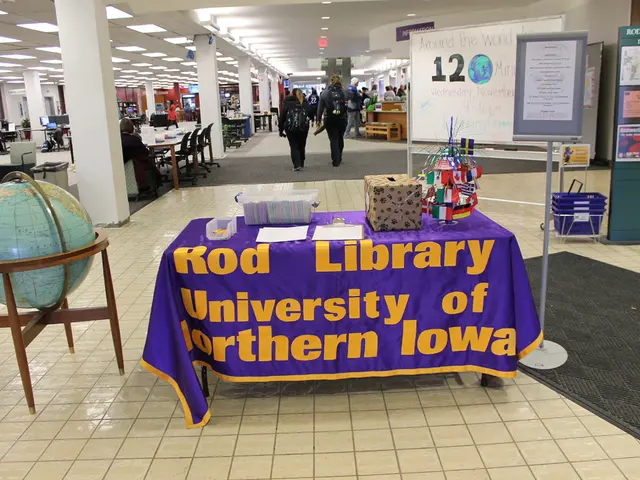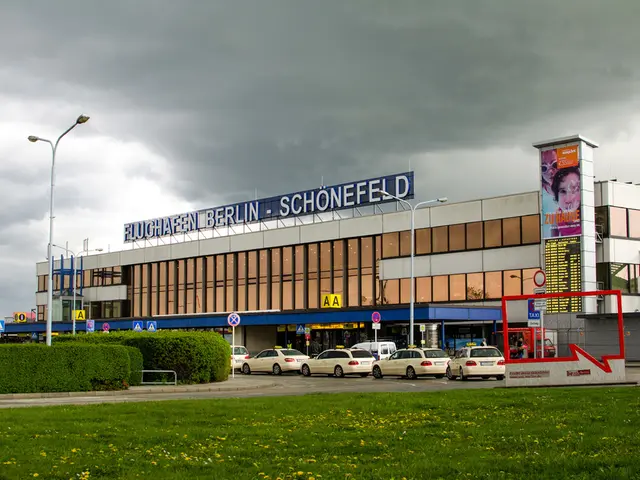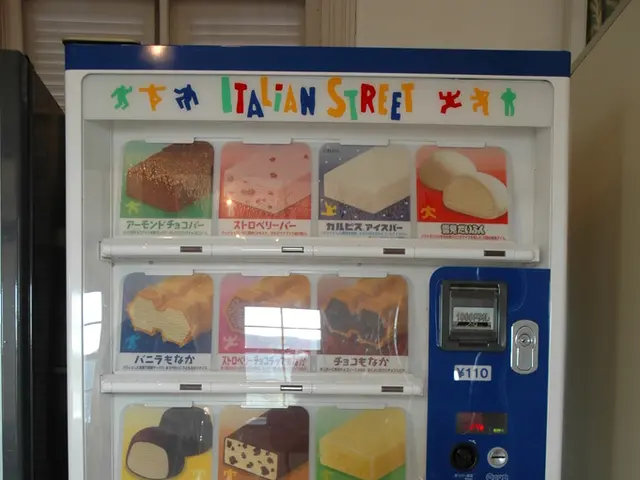Unearthed Investigation: Scripps Marine Archaeology Center Launches Probe into the Collapse of Ancient Civilizations
The Scripps Center for Marine Archaeology (SCMA), a joint effort between the University of California San Diego and the Department of Anthropology, is spearheading an intriguing underwater search to understand the mysteries of ancient eastern Mediterranean societies.
Marine archaeologists from UC San Diego are currently conducting expeditions, delving into the depths to uncover secrets of these long-lost civilizations. One of the key sites of interest is the ancient commercial port of Tel Dor in Israel, where hundreds of huge stone blocks from the ancient port have been found.
Anthony Tamberino, an anthropology graduate student working for the center, is developing new cyber-archaeology tools for marine archaeologists. His latest creation is a photometry program that generates a virtual reality experience of archaeology sites, such as the interactive 3D rendering of the biblical port of Tel Dor he has recently developed.
John Hildebrand, an oceanographer at Scripps, has been mapping unexcavated remains hidden beneath the beach using ground-penetrating radar. Meanwhile, Dick Norris, a Scripps paleobiologist, is working to drill 6,000 years worth of sediment cores bearing potential climate and environmental data.
The team's findings have been quite remarkable. They have uncovered evidence of previously undiscovered ancient shorelines swallowed by sea-level rise in a Greek bay, sediment cores containing thousands of years of human history, and remnants of a submerged port linked to the Biblical copper trade in Israel.
Geochemical analysis showed that the copper from a shipwreck uncovered off the coast of Turkey matched copper uncovered in ancient mines east of Tel Dor. This discovery raises intriguing questions about the commercial trade routes of the time and the accuracy of the Bible's timeline.
Tom Levy, co-director of the SCMA's summer field school, studies how the discovery and commercial production of metals influenced the evolution of societies. He believes that uncovering who took over the ancient copper trade in the Mediterranean will provide valuable insights into the past.
Levy's discoveries were documented by PBS' Nova in an hour-long program titled "Quest for Solomon's Mines." The center's first field school, led by Levy, Hildebrand, and Norris, is meant to showcase the power of cross-discipline research and student work.
The SCMA serves as a resource for students, providing opportunities for scientific diving, gaining scientific skills, and engaging in disciplines outside their own. The centre's ongoing research promises to continue unraveling the secrets of the ancient world, shedding light on our past and potentially helping us understand our present and future better.
Tamberino plans to return to Tel Dor in February with Levy to gather more data. The team's work is a testament to the power of collaboration and interdisciplinary research, as they continue to push the boundaries of our understanding of the ancient world.
Read also:
- Peptide YY (PYY): Exploring its Role in Appetite Suppression, Intestinal Health, and Cognitive Links
- Toddler Health: Rotavirus Signs, Origins, and Potential Complications
- Digestive issues and heart discomfort: Root causes and associated health conditions
- House Infernos: Deadly Hazards Surpassing the Flames
